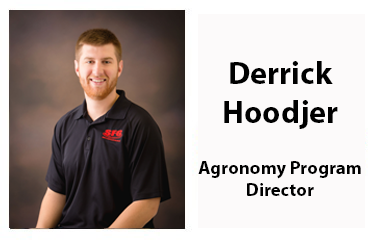Finalizing Seed Plans
Mar 20, 2023

It still does not feel like it yet, but spring is here, and we are getting ready to get back out in the field as soon as it dries up. Seed has been moving out of the shed and planters will be getting ready soon. We are hopeful to see some planting in the middle of April this year but need to get some warm weather. The last couple of weeks in March are a good time to put the final seed plans together. Having a field plan with populations and placement and reviewing variable rate maps are a good way to get a jump start on spring planting.
Variable rate planting maps are getting finalized and set up into machines. This is becoming more and more popular with equipment that is capable of variable rate. I’ve had many new conversations this year with customers that are wanting to try to push yields in certain spots of the fields. We treat variable rate seeding in corn just like fertilizer where we put more seed on the better parts of the field. The easiest way to get more yield is to put more plants in the good parts of the field. This comes with some more management to make sure you have the fertility behind it but the return on investment is very good in these parts of the field. A 2,000 plant population difference in corn is $6.25/ac. This means that in a tough area of the field you can save $6.25/ac and on a good area of the field you only need 2 bushels to more than pay for the extra seed cost. It’s very realistic for our good areas of the fields to yield 2 bushel more to cover the extra input cost. On the bad areas of the field that are only yielding 100-150 bu/ac you don’t need 33,000 – 34,000 plants. You can easily get the same yield in those tough spots with 30,000 and save yourself $6.25/ac or more.
These returns are how we justify the extra cost to technology and why we give the recommendations that we do. Variable rate does add extra cost, but the returns are easy to attain and show. If you have any questions regarding variable rate seeding or fertilizer, give us a call. We’d be glad to discuss the benefits of VRT and help get one set up for the 2023 growing season.